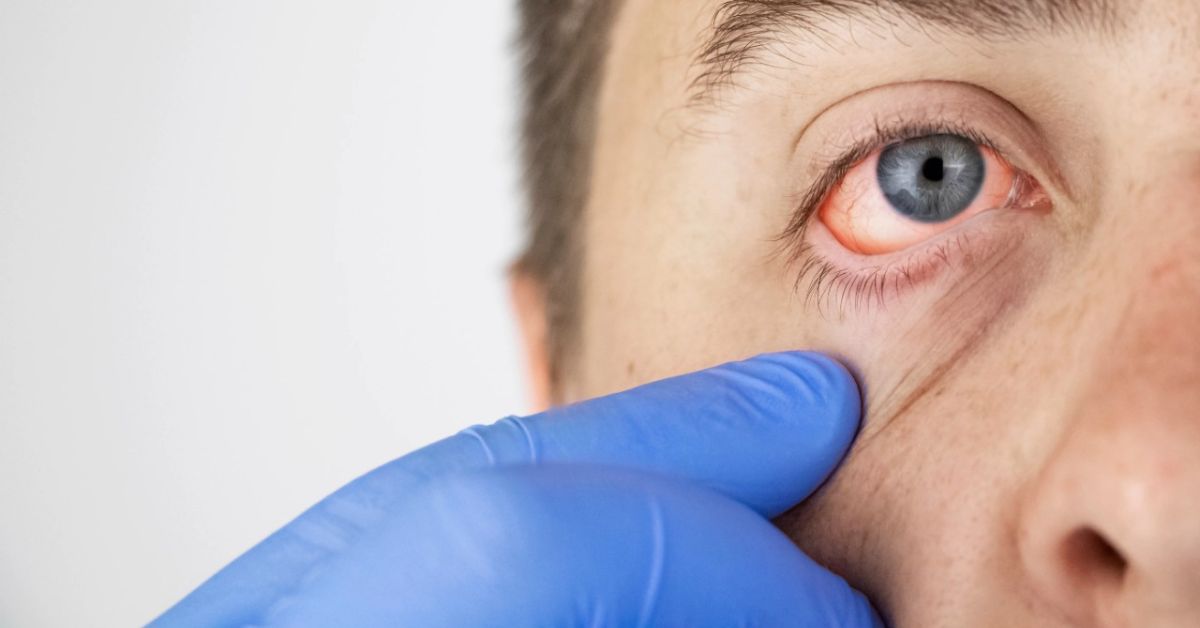

Every year, ‘World Glaucoma Week’ is observed in the second week of March to raise awareness about the group of eye-related disorders that cause progressive damage to the nerve of the eye leading to loss of vision and if left untreated, results in blindness over time. This year, the theme for the week is ‘Beat Invisible Glaucoma’ (BIG). Glaucoma is usually associated with increase in eye pressure when fluid (aqueous humour) in the front part of the eye is unable to flow out freely.
Glaucoma happens to be the main cause of irreversible blindness worldwide, but typically remains asymptomatic until very severe. Hence is also referred to as ‘silent thief of sight’.
Statistics in India reveal that 11.2 million individuals are affected by the disorder and the rate of undiagnosed glaucoma cases is 90% in contrast to 40-60% in the developed world. There is serious lack of awareness about the disease in the country and by the time the patient realises that he/she has an eye problem, the eye nerve gets damaged beyond repair.
Glaucoma is categorised as:
Primary open angle glaucoma Primary angle closure glaucoma Secondary glaucoma following trauma, use of some medications or as a part of other diseases Some of the risk factors for Glaucoma are old age, family history of the disease, increase in eye pressure, use of steroids, diabetes mellitus and blood pressure, among others.
Glaucoma is usually asymptomatic. Some people may complain of seeing coloured haloes or frequent change of reading glasses.
Visual field loss is peripheral and asymmetric.
Compensation from overlapping of visual field of the other eye delays noticing symptoms.
Acute attack of angle closure glaucoma is an emergency and requires immediate attention to avoid blindness. Patient usually feels pain, redness with blurring of vision in the affected eye accompanied with headache, nausea and vomiting. It is usually managed by decreasing the eye pressure with medications and followed by laser peripheral iridotomy. If the laser peripheral iridotomy is done in time for angle closure glaucoma, the disease can be prevented.
Glaucoma also accounts for 4.2-7% of all childhood blindness. Infants and children with glaucoma show different signs and symptoms compared to adults.
Diagnosis of glaucoma:
Eye pressure measurement with the use of applanation tonometer Examination of the drainage passage in the eye. This is followed by examination of the optic nerve: Examination of the field of vision using automated perimeter
Treatment is usually targeted at reducing the eye pressure by the following these measures:
Medical treatment: It involves the use of eye drops that either decrease the production of aqueous humour or facilitate the outflow of aqueous humour from the eye, thereby reducing the eye pressure.
Medicines fall in five categories — Parasympathomimetics, Beta blockers, Alpha adrenergic agonists, carbonic anhydrase inhibitors, prostaglandin analogues.
Laser treatment: There are various types of lasers used in different types of glaucoma. The commonest is the laser peripheral iridotomy done in individuals with angle closure glaucoma; the others being laser trabeculoplasty and laser iridoplasty.
Surgery: Glaucoma filtration surgery Glaucoma drainage devices Cyclodestructive procedures It is important to understand that the treatment is to prevent the disease from progressing. There is usually no cure for Glaucoma!
Dr Shikha Fogla, MBBS, MS,
Ophthalmology Fellowship in Anterior Segment & Glaucoma,
Consultant Ophthalmologist
Apollo Hospitals, Jubilee Hills
The content is curated and verified by expert ophthalmologists who take their time our to review the information provided
